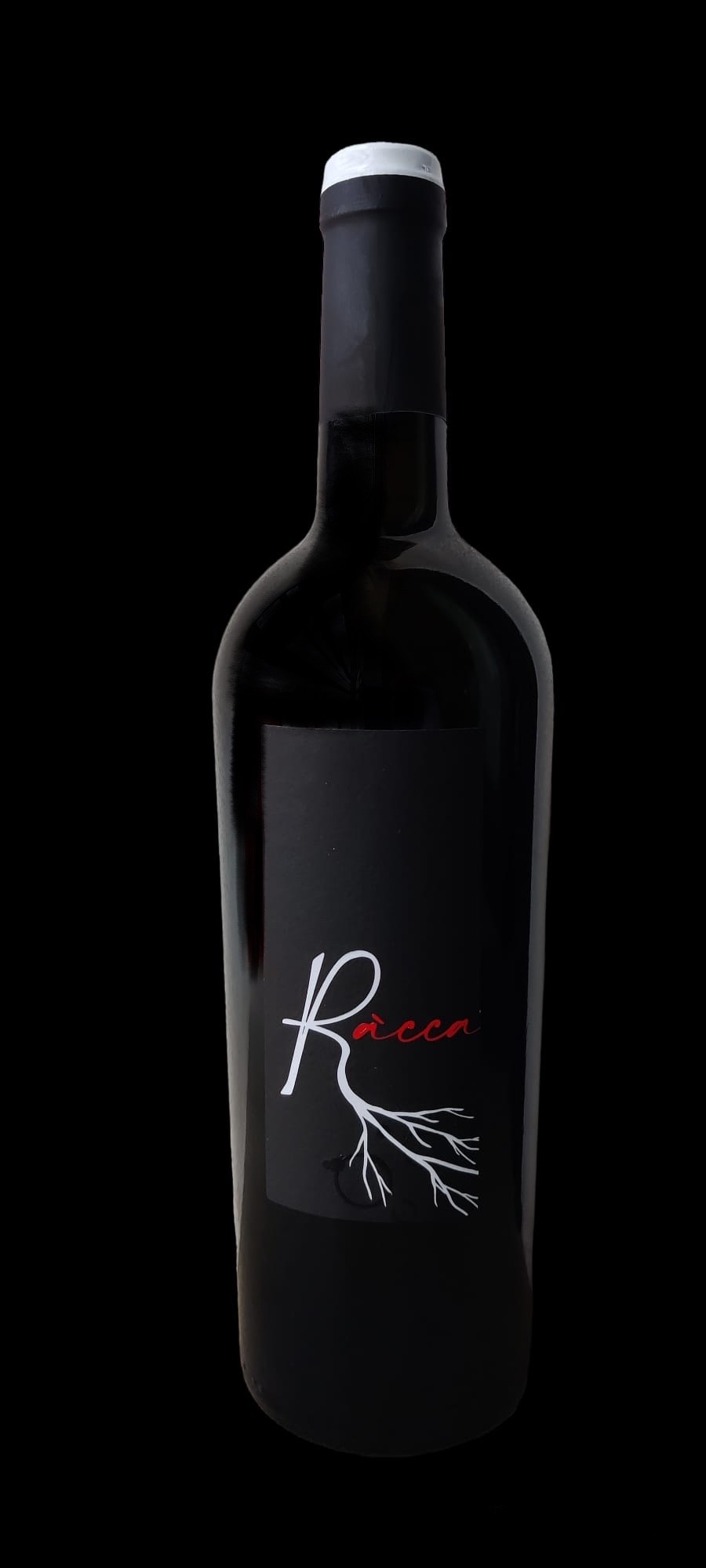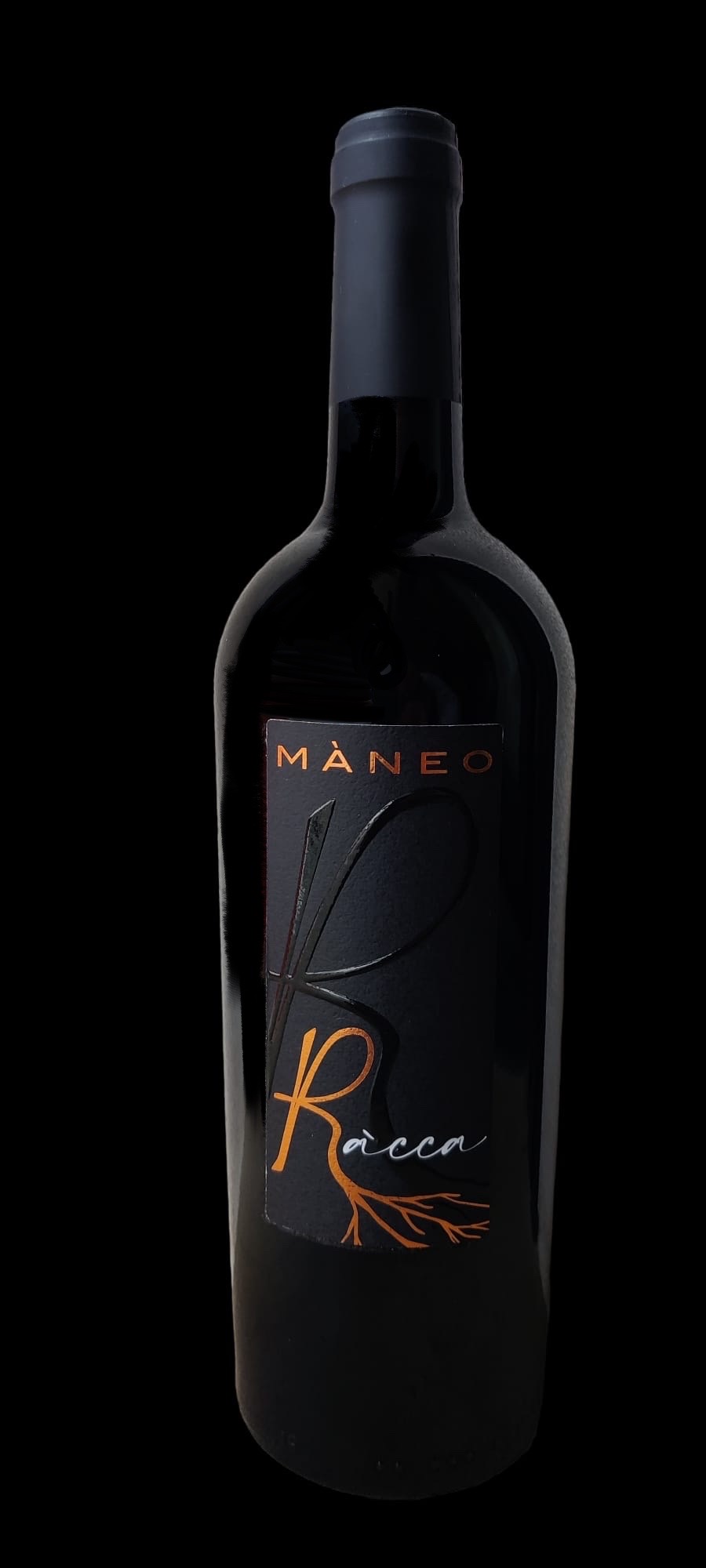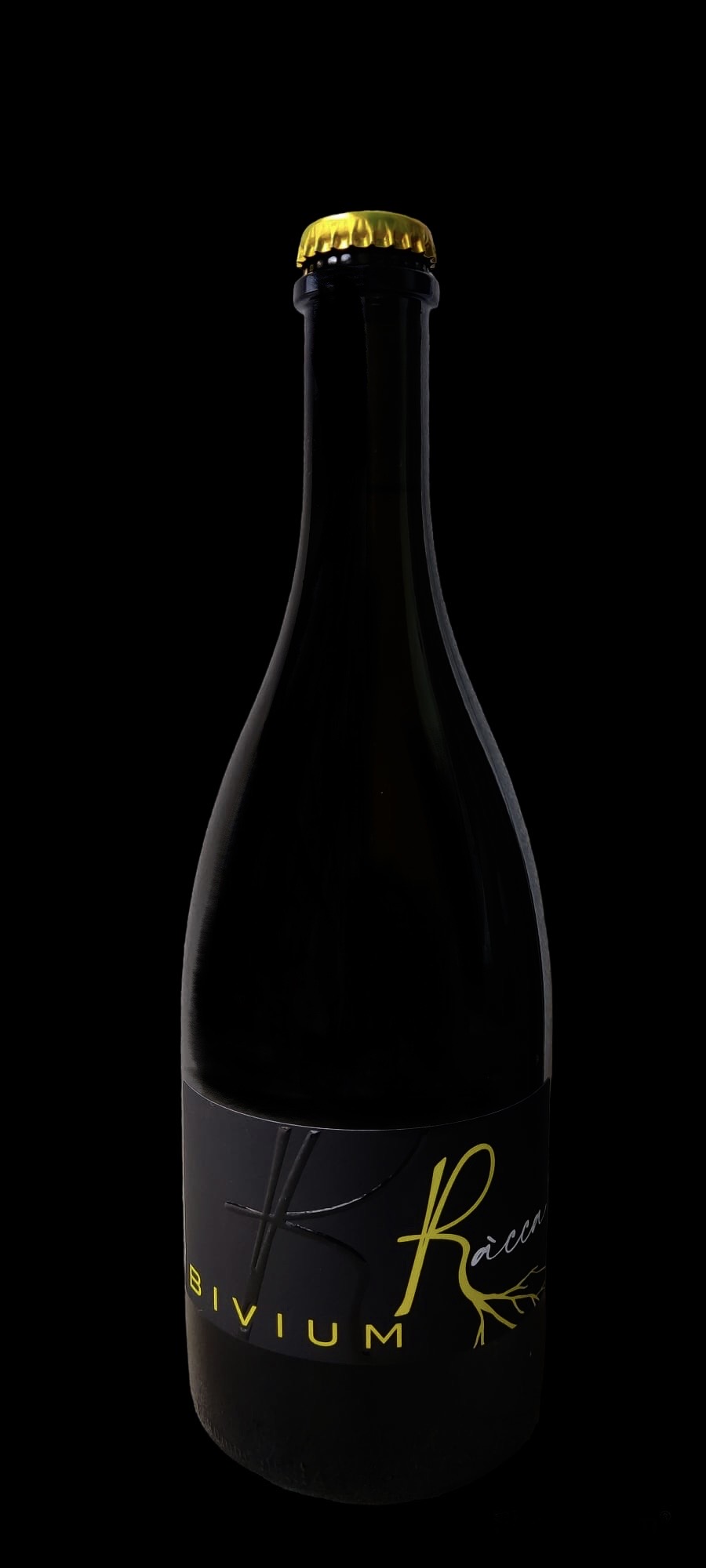- About us
- Company details
we are a small family business: you can find Alessandro in the vineyards operating directly and managing every step, from pruning to harvest. Morena, having achieved her Diploma at WEST London, is now taking care of all communication aspects updating social profiles and websites with the everyday activities. These lands were once managed by Alessandro’s grand parents as a past time for the whole household. Thanks to the vision of the third-generation, these treasurses and their potential are now available for everyone to enjoy. We are right at the beginning of the Appenines range: between Parma and Piacenza, the perfect gateway for nature and clean air. Two of the most renowned medieval villages, Castell'Arquato and Vigoleno, are just 5 minute away: also here, famous destinations such as Tabiano or Salsomaggiore natural springs. Crossed by the "via Francigena" path, we are also in the middle of the food valley where Parmigiano, Tortelli and some of the best cured meats are born. That's the reason why our robust reds and fragrant whites always found their perfect companions here. The world already knows the way we eat, it's time to let them know how we drink as well!
Siamo un’azienda a gestione familiare: Alessandro e’ nei vigneti e cura
personalmente ogni pianta dalla potatura alla vendemmia, Morena, diplomata
al WSET di Londra, comunica, grazie alle conoscenze acquisiteall’estero, le attivita’ di
tutti i giorni sul sito e sui canali social. I vigneti di famiglia, l’hobby della domenica
di nonni e parenti diventa quindi realta’ grazie alla terzagenerazione. Ci troviamo
nella riserva geologica fra il torrente Ongina e il fiume Arda, nel versante Emiliano dell'Appennino
Ligure. Ai nostri piedi, depositi di fossili marini risalenti all'era delPaleolitico,
quando i mari ricoprivano queste aree.
Year of establishment:
2017
Number of employees:
SINGLE USER
Annual turnover:
Not available
Reference year of turnover:
2018
Export turnover:
Not available
Activities:
Growing of grapes
- Videos
- Catalogue
our vineyards span across a tiny surface (3ha) and our soils are predominantly rich in clay and limestone with an elevated percentage of fossil deposits going back to the paleolithic age. Yes, these high hills were once covered by the sea. visit Piacenziano Natural Reserve website for more on our peculiar region Our vineyards stretch between 300 and 400masl over some of the steepest slopes in the region with an optimal exposure. An average annual rainfall of approximately 700mm prevents our vines from suffering excessive water stress while the warm winds blowing from the Tyrrhenian ensure a good evaporation rate preserving quality and flavors. Pruning methods include a classic double Guyot for our richest reds and Casarsa for whites. This is a traditional cordon spur training approach that allows grape to seek shelter from the strong summer sunlight maintaining structure and minerality even on a late harvesting season.
- Contact Information
- Business Proposals
Company:
Ràcca di Raccanello Alessandro
Web site:
Address:
Via costa Stradivari 4
City:
Vernasca (PC)
Zip Code:
29010
E-commerce:
Social media:
Tag:
No business proposals uploaded
- Map
COLONNA - Gutturnio Superiore DOC 2020

60% barbera
40% croatina
Vivid ruby with marked legs and purple shades. On the nose, it has a generous bouquet of red plums and cherries with fresh spices hints such as liquorice and juniper. Still, dry with a confident body weight that is perfectly complemented by the all the flavours complexity. Red ripe fruits are swirling together with notes of vanilla, milk chocolate and cedar plus a touch of jam and raisins: all balanced by the rich acidity backbone which is confirming its strong potential for aging. Best served 10 to 15 min after opening.
did you know? ..
During the Roman period the ''Gutturnium'' was a two liters silver jug which was shared among guests during banquets. It is the most important wine-related relic in our region and it was found on May the 23rd 1878 on the Po river bank near the small village of Croce Santo Spirito. It can be seen today at the Capitoline Museum in Rome
The Gutturnio was formerly appreciated as a noble still wine, among the first ten to receive the DOC appellation and it was produced by the richest lords on large ''tonneaux'' till the late 1800's. Thanks to the post-war booming economy, vinegrowers started to buy some land and produce their own wine using, however, cheaper cement tanks and bottling it much earlier. This caused the wine to often have residual sugar and naturally referment inside the bottle creating the sparkling style that got popular nowadays.
we are fond of the "noble" Gutturnio: still, dry with much more complexity and potential for aging
Web site
https://www.raccawine.com/contacts
ACUTO - Monterosso Val D'Arda DOC 2020

Blend nato nella frazione di Monterosso a Castell’Arquato. Bianco aromatico che produciamo, in controtendenza con uno stile fermo e secco, con un’acidità ‘’acuta’’ che contrasti gli aromi e i profumi pronunciati tipici di questa DOC . Spicca la mela verde, la pera decana, note di pesca e acacia spinte da una mineralità sorprendente espressa con note di pietra focaia e silice. Deciso con una longevità da scoprire, il nostro Monterosso resiste nel tempo: si assaggia infatti adesso il 2020 dopo un anno di riposo in bottiglia. Una rarità. Ogni anno, un festival dedicato ne celebra le peculiarità. Per info visitare https://monterossofestival.it
Web site
https://it.raccawine.com/products
MANEO - Gutturnio Riserva DOC

Il Maneo - dal latino «aspettare» – riposa appunto per 12/18 mesi in barrique da 225l sviluppando tutta la sua complessità . La nostra idea di vino Emiliano da invecchiamento si esprime nel bouquet mutevole che spazia dall’amarena alla prugna con note intense di spezie quali il pepe e la liquirizia. Rigorosamente fermo, dalla gradazione tenace e bilanciata dall'alta complessità di sapori. Frutti sovramaturi, infatti, si alternano piacevolmente ai sapori secondari quali vaniglia e cedro con cenni di confettura e uvetta limati da un'acidità sorprendente: indizi per un potenziale d' invecchiamento in bottiglia più che assicurato.
Web site
https://it.raccawine.com/products
BIVIUM - rifermetato, zero solfiti

Una base spumante creata con uve di Ortrugo e Pinot Noir. I lieviti selezionati vengono introdotti in bottiglia assieme al mosto dolce per avviare la seconda fermentazione. Nessuna degorgiatura: Bivium resta appunto a metà strada . Il risultato è un vino frizzante naturalmente, secco naturalmente e naturalmente senza solfiti . Accompagnato solo da un leggera sospensione di lieviti che, utilizzati al posto dei solfiti impediscono l’ossidazione e bilanciano la parte agrumata con note tostate. Risposta alternativa e coinvolgente ad un mercato attento e informato, sorprende anche il più severo degli estimatori.
Web site
https://it.raccawine.com/products


